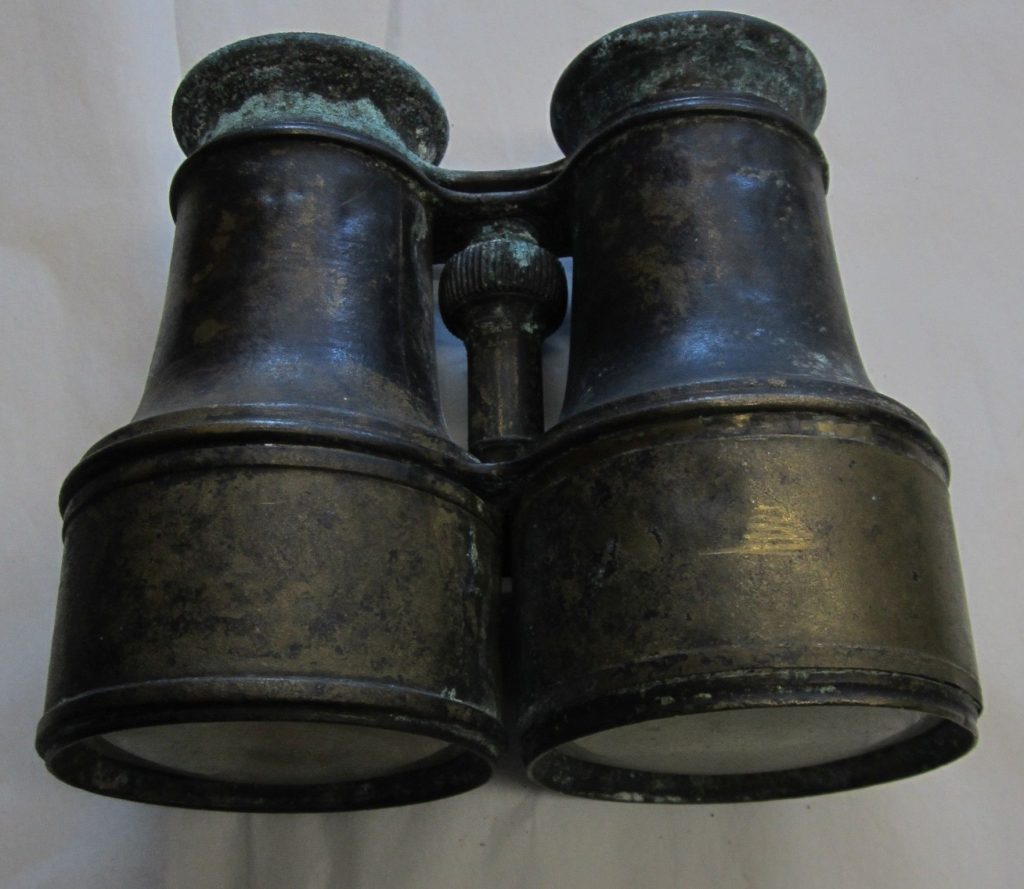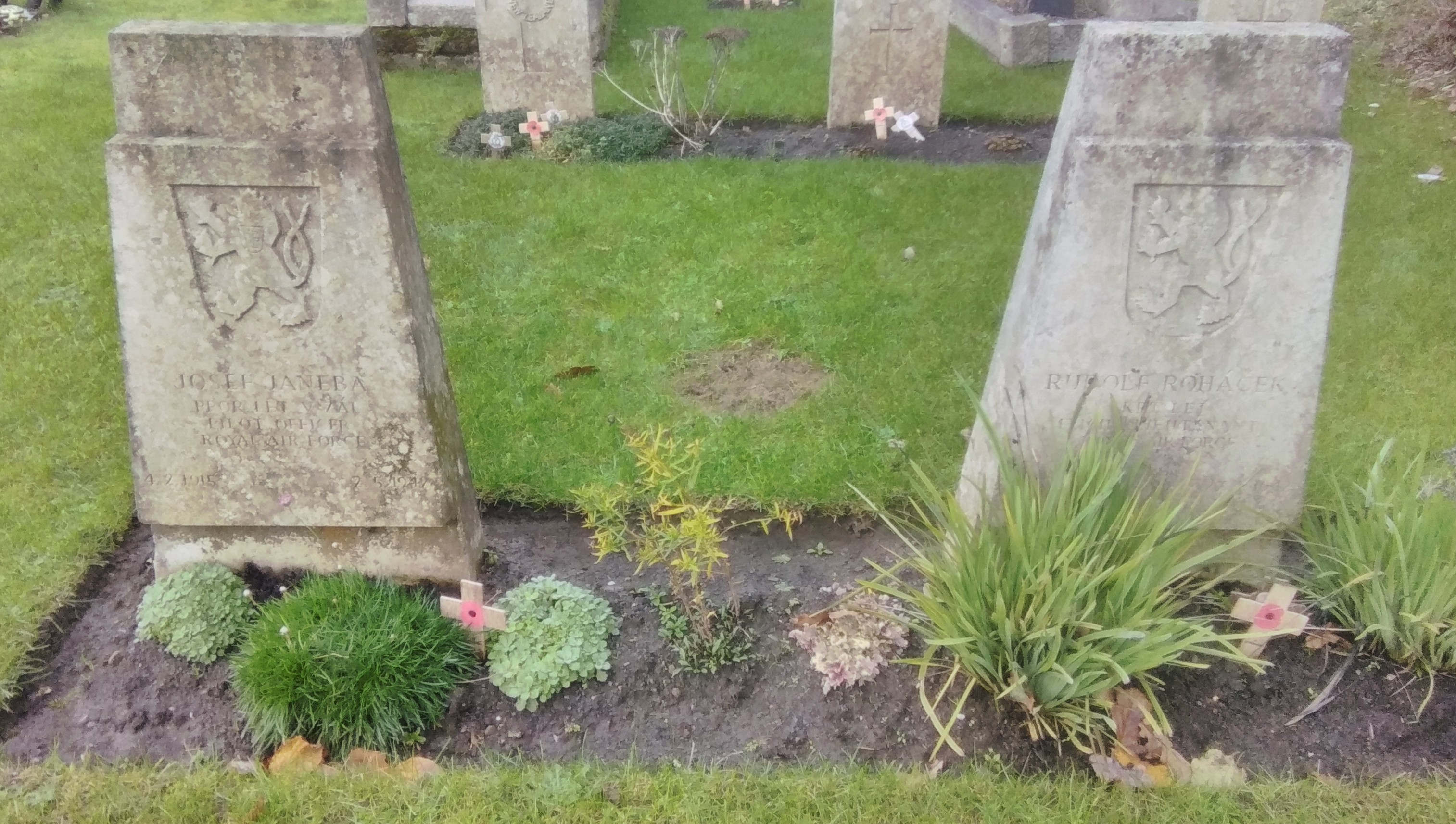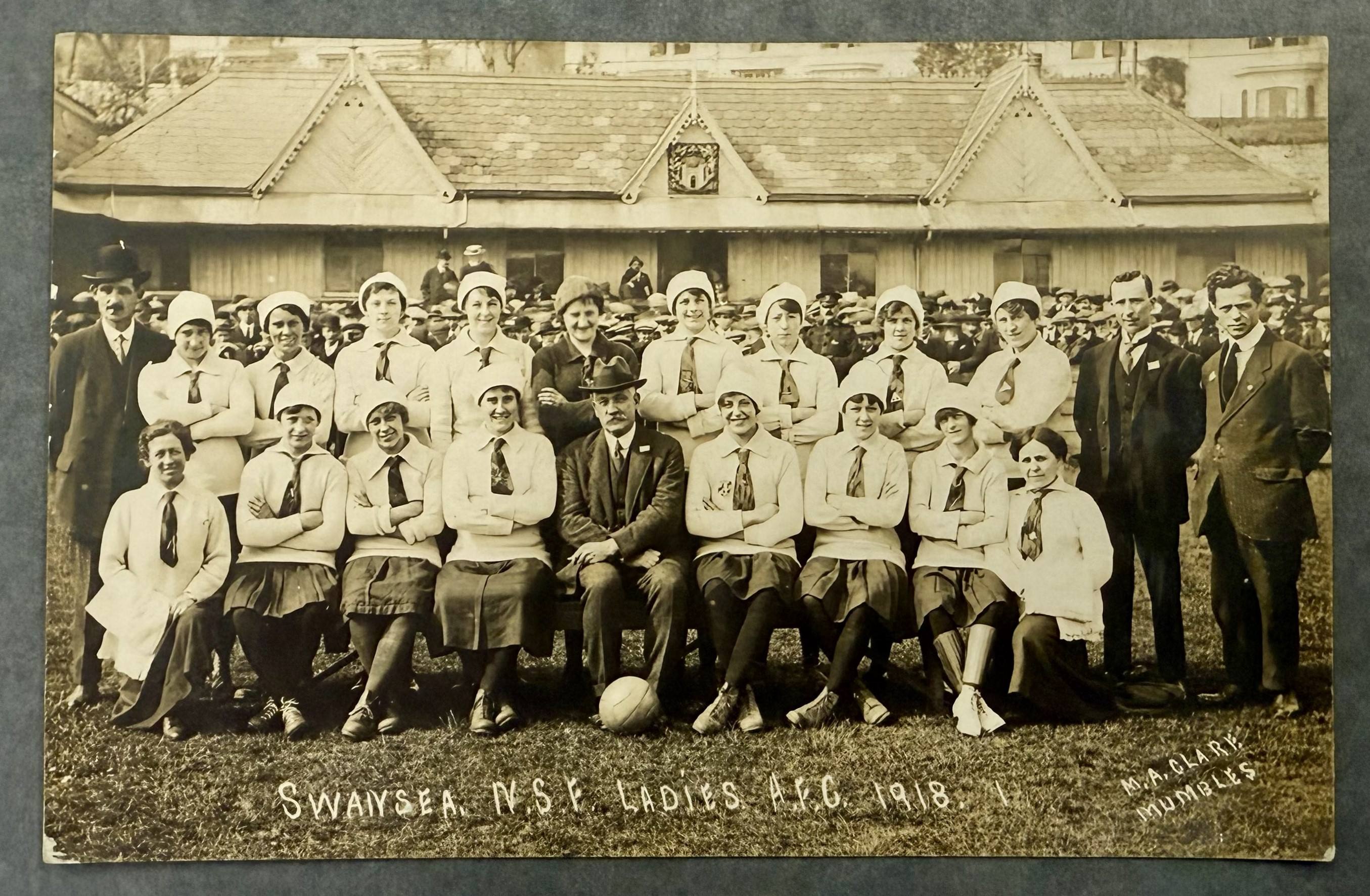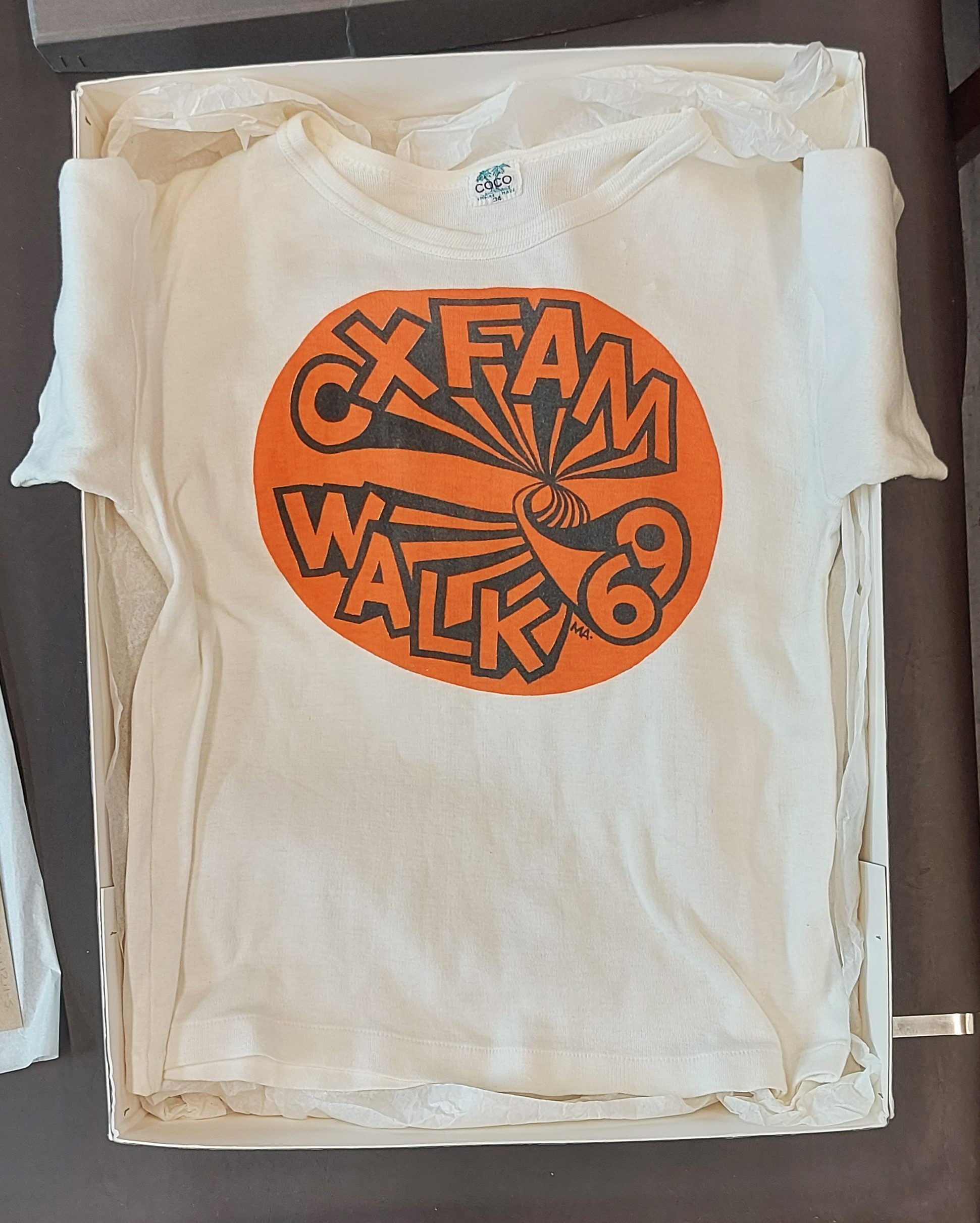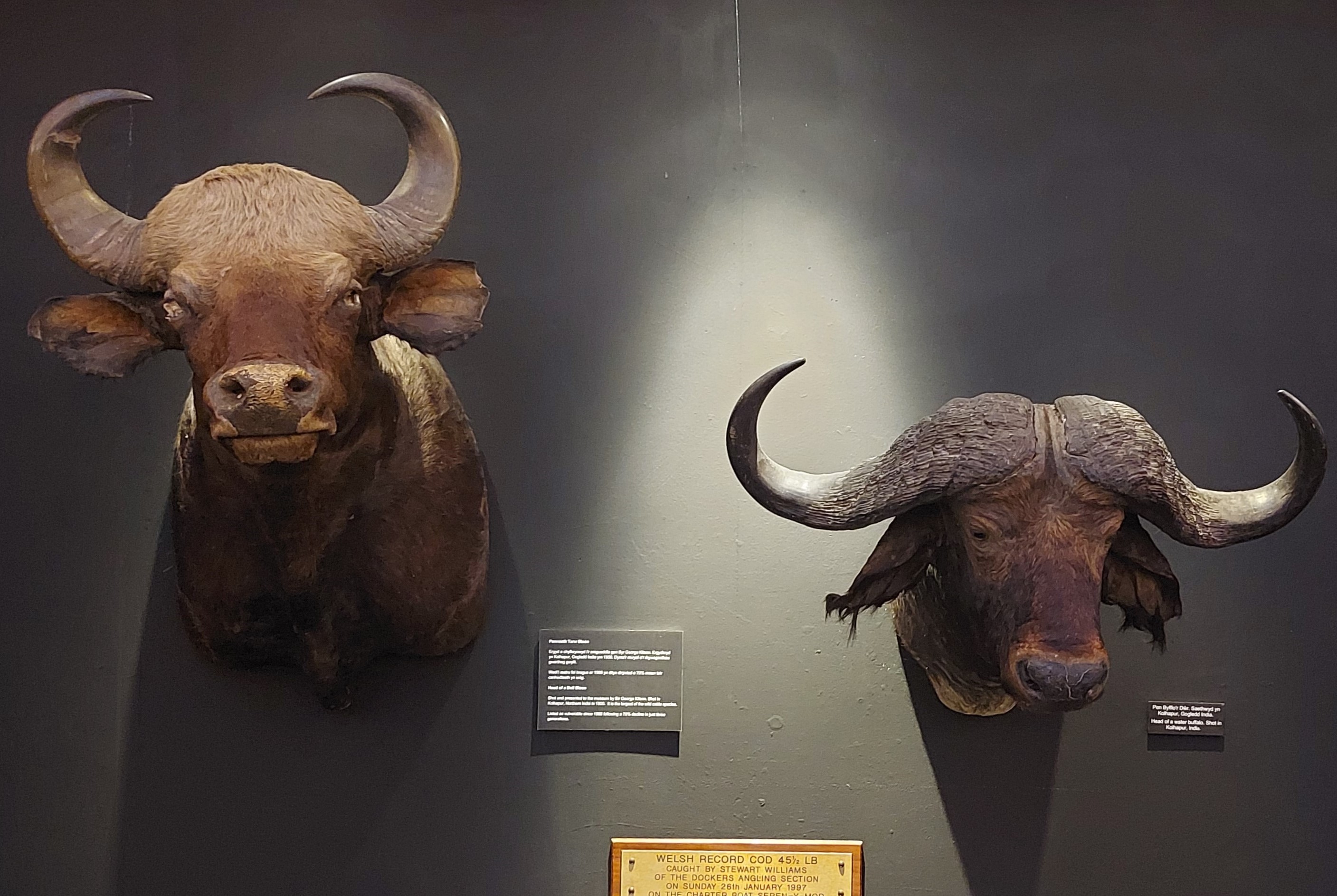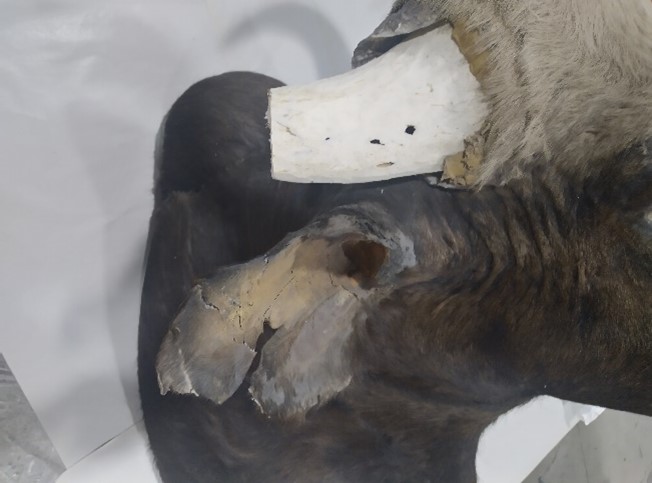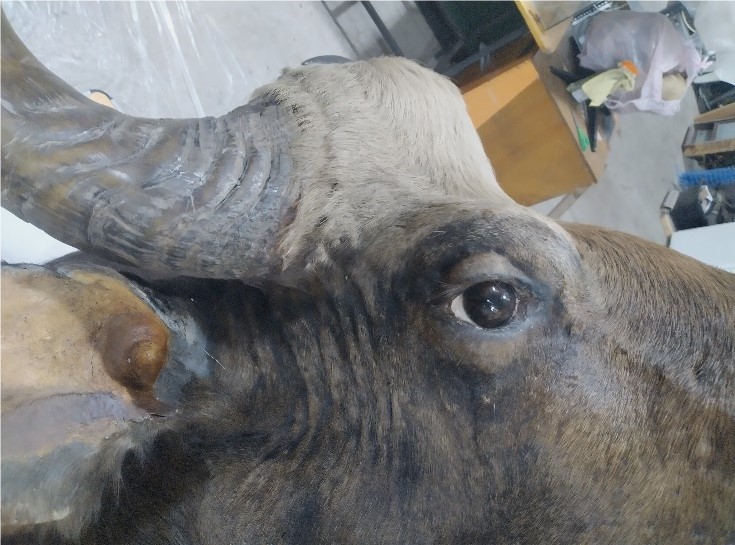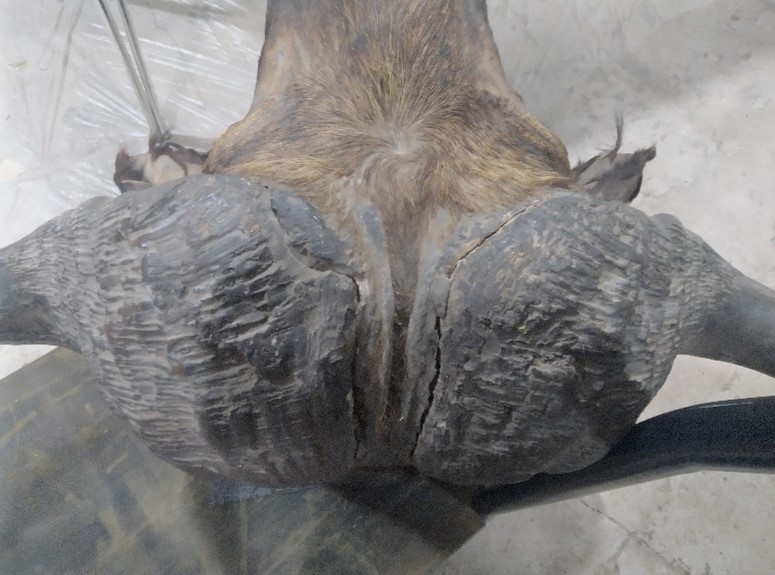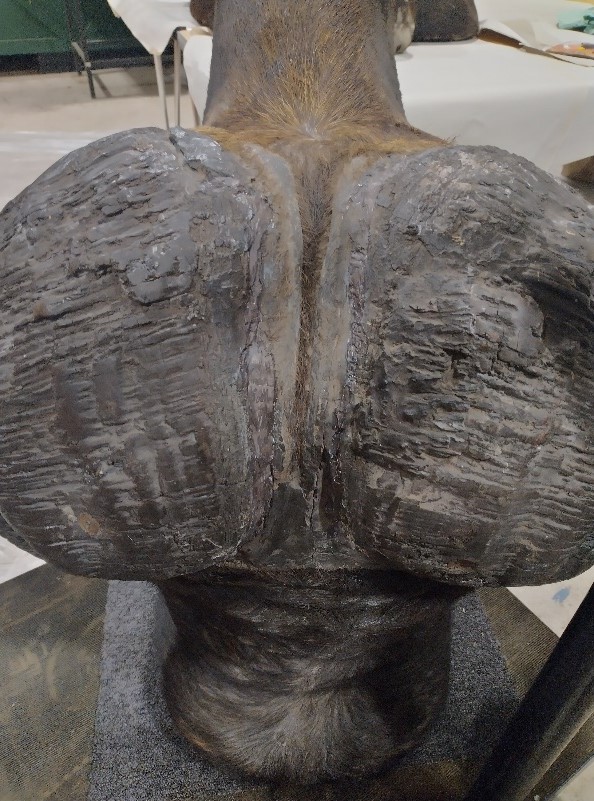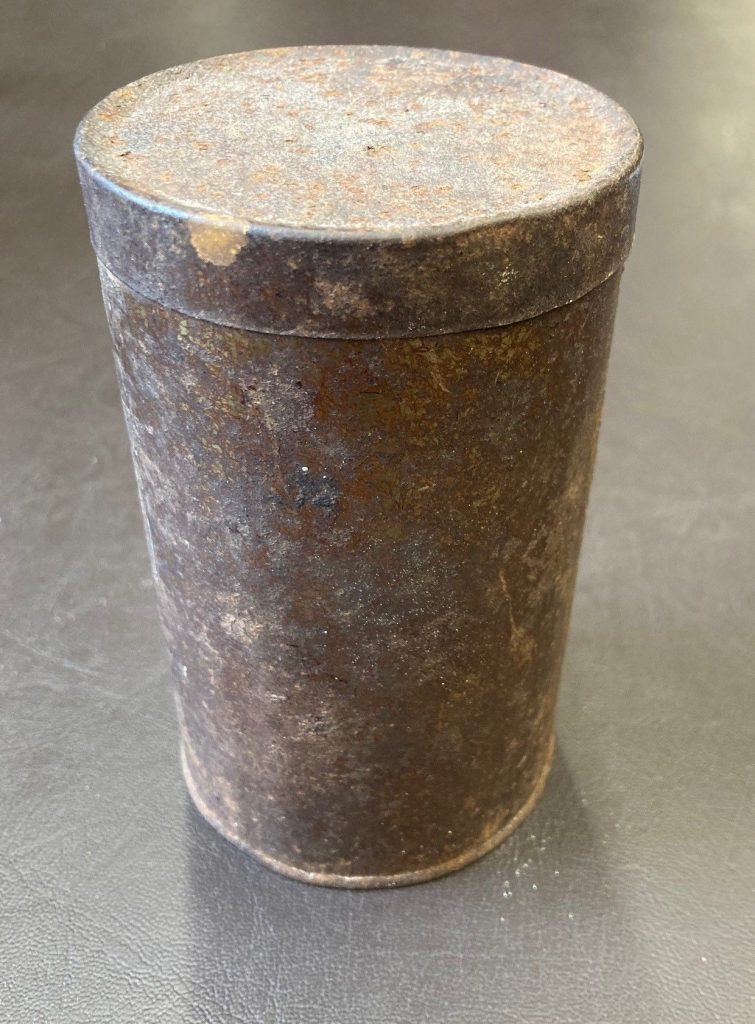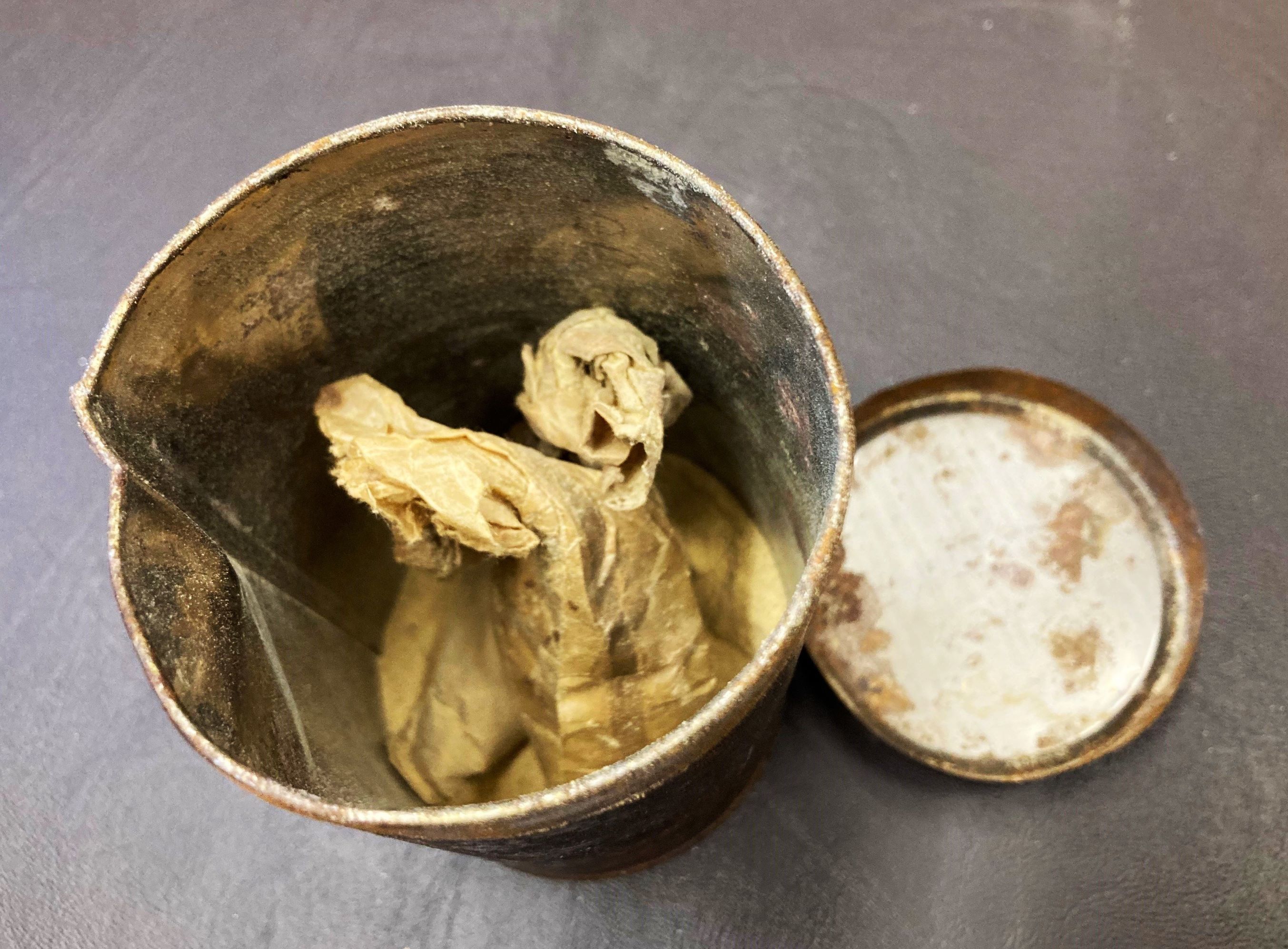by Hollie Gaze
Swansea Museum Visitor Services Officer
New Donation
This simple pair of brass binoculars has a tragic history. The binoculars were aboard the SS Amazon, which sunk along the Margam Sands near Port Talbot on the 1st of September 1908.
The SS Amazon was a four-masted, iron barque; a sailing ship built by Barclay, Curle & Co at Greenock in 1886. On the morning of the 31st of August, the SS Amazon was towed out of Port Talbot Docks bound for Iquique (pronounced ee-key-kay) with 2,000 tons of coal. Iquique is a port in Chile that is well-known for its export of saltpetre, a mineral used in gunpowder and fertiliser. Ships would sail to Iquique with imports, such as coal, and return with the saltpetre.
There was a light breeze as the Amazon was taxied to Mumbles, where the breeze was quickly turning into a gale. The captain, Andrew Garrick, gave order to drop anchor. The decision was made to wait out the wind as they couldn’t get the ship’s head to the wind, so the tug left the ship and went back to port. As evening fell it became clear that the wind was not going to let up and was actually getting stronger. Another anchor was dropped. Hope of the weather clearing was dashed by the morning. The wind was so strong the anchors were unable to keep the ship still and were now dragging along the sea floor.
The Amazon’s broadside was to the wind so when the anchors snapped, the ship was blown south with no way of controlling its path. The ship and its crew were in a desperate situation, so the captain ordered them to don their lifebelts and to take to the rigging to avoid being swept into the sea. They flew their Red Ensign flag upside down – the signal of a ship in distress. They continued to be pushed south, passing the sands of Port Talbot until it was run aground at Margam Sands. The Amazon been blown south for approximately 7 miles.
Once it hit the sands it was battered by waves, causing the captain to be swept against the deckhouse. He was knocked unconscious but was tied to the mast by the ship’s carpenter. They tried to lower the ship’s boat, but it was destroyed by the tempest. The ship’s cook was swept overboard which spurred crew left on deck to climb up the rigging for safety.
It was now morning and people started to gather along the shore to see what was happening. They were so close they could hear the sailor’s distress, but the sands were perilous. With the waves and the soft sands, they could do little but watch the scene unfold helplessly. They tried to shoot a rocket line to the ship, but it failed to make it. The Mumbles lifeboat, Charlie Medland, was unable to get within a mile of the ship due to the shallow water. The Amazon began to sink into the shifting sands and the waves were now overtaking the ship. Three of the four masts snapped, sending sailors into the sea. Others jumped into the water, hoping to make it ashore. The main mast finally gave into the sea’s assault, sending the rest of the sailors into the sea. The sailor cries were heard by the people waiting at the shore and many onlookers collapsed in despair.
Finally, the tide withdrew enough to attempt to reach the remains of the Amazon, many risking their lives to save the sailors still in the water. One man, Charles Russell, jumped into the water and swam out to Christopher Sullivan who was still clinging to the remains of a mast. Russell was injured badly but managed to save Sullivan’s life. Others quickly made their way to the Amazon to find another sailor wedged in the wreckage, injured but alive. Henry Care swam out with a line and managed to save two sailors. Even after the brave efforts of sailors and spectators, only 8 of the 28 men aboard the SS Amazon were saved from the wreckage.
This pair of binoculars was found among the sand near the remains of the Amazon. They are fairly ordinary, although now badly tarnished as the sea water has eaten into the brass and fogged the glass lenses. Now in the museum’s collection, they will serve to remember the tragic fate of the SS Amazon and 20 of its crew.
